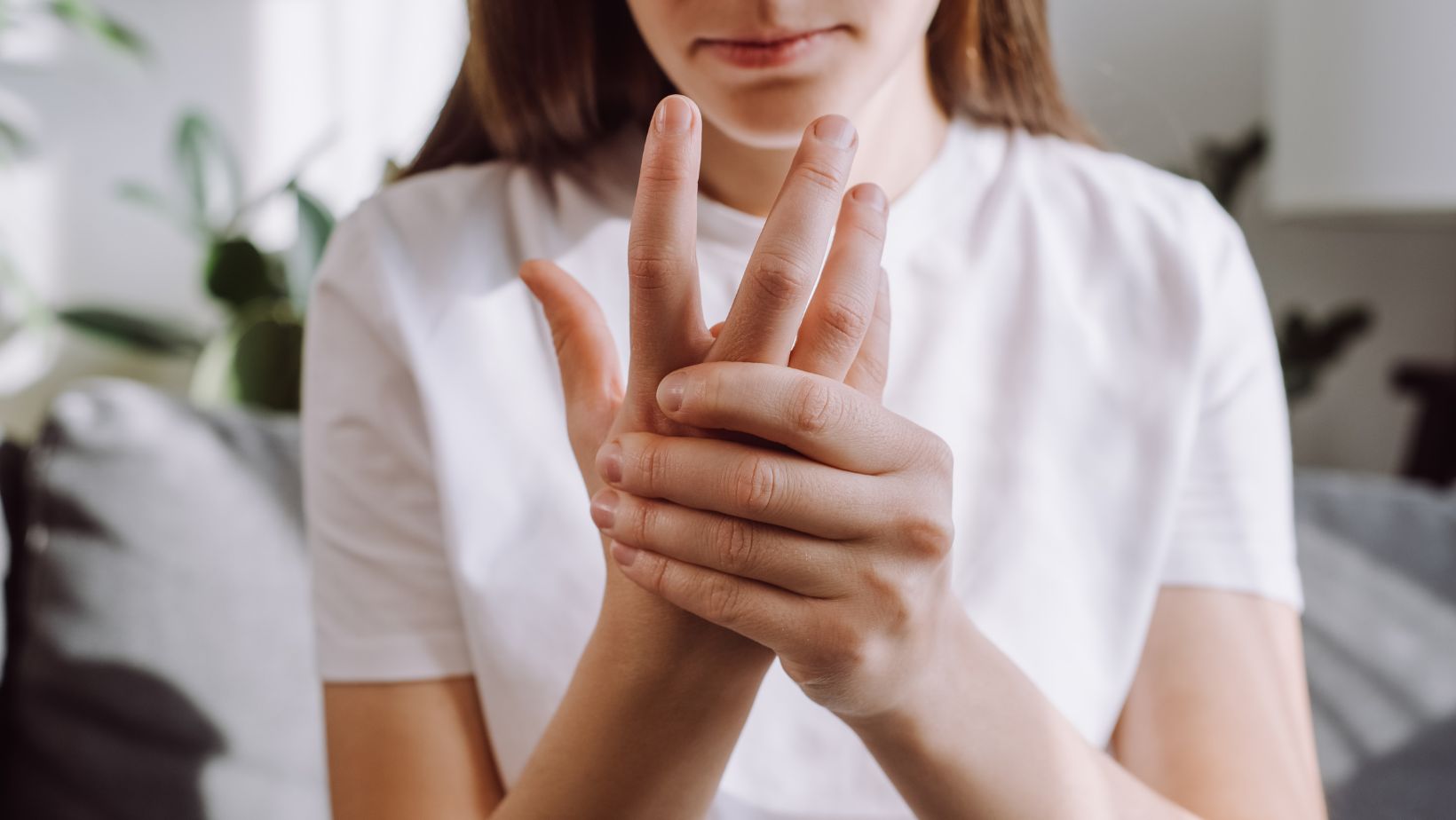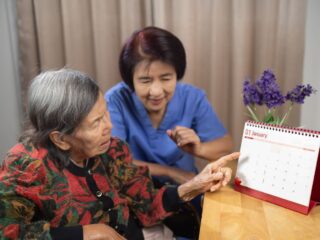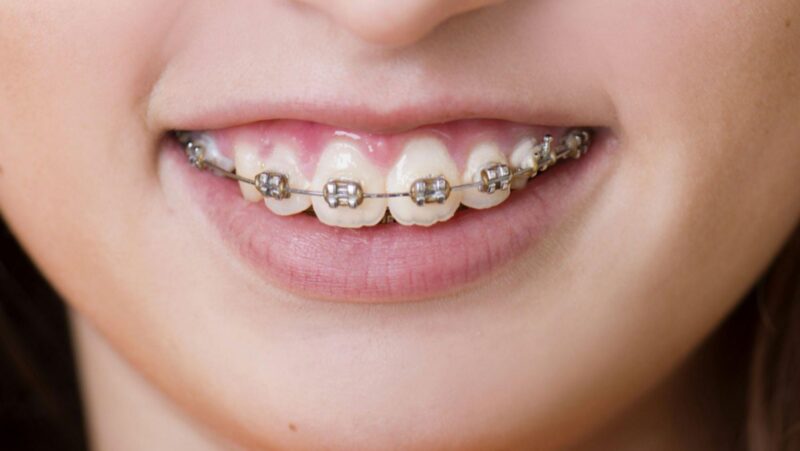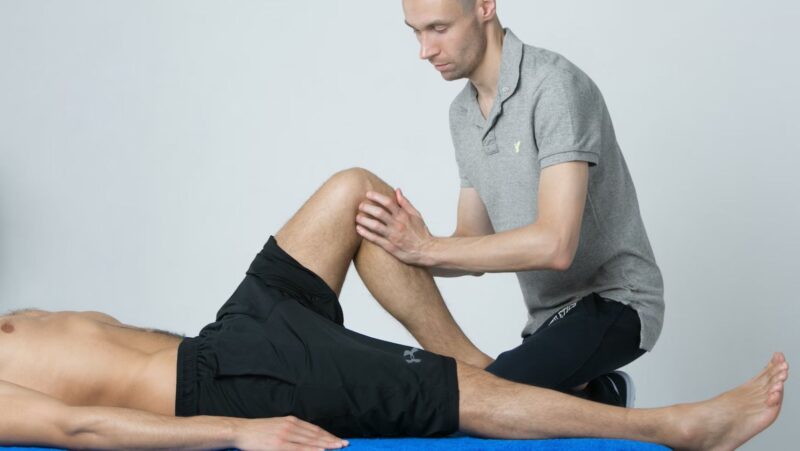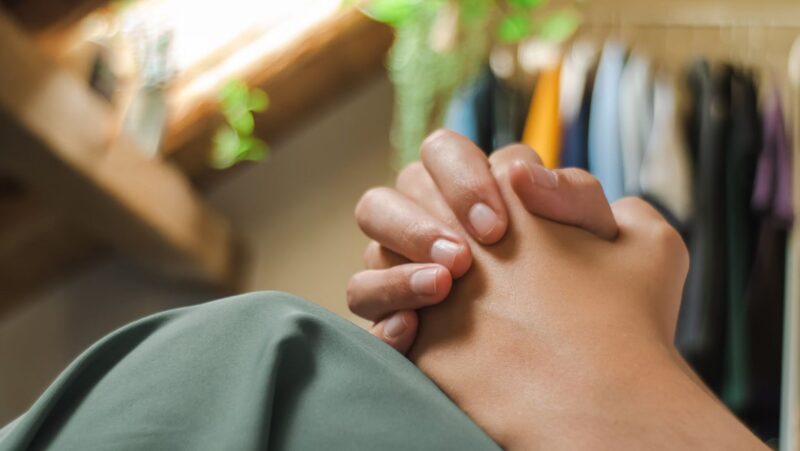
Neuropathy, a condition characterized by nerve damage, often manifests as pain, tingling, numbness, or weakness in the extremities, particularly the hands and feet. While there is no definitive cure for neuropathy, various treatments aim to alleviate its symptoms and improve quality of life.
Among these treatments, medical compression socks have emerged as a non-invasive and effective option for managing neuropathy symptoms.
In this article we explore how compression socks work, their benefits for neuropathy patients, and considerations for choosing the right pair.
Understanding Neuropathy and Its Symptoms
Neuropathy can be caused by various factors, including diabetes (diabetic neuropathy), traumatic injuries, infections, metabolic disorders, or exposure to toxins.
The condition disrupts the communication between nerves and the brain or spinal cord, leading to symptoms such as:
- Tingling or “pins and needles” sensations
- Numbness in the hands and feet
- Muscle weakness
- Swelling in the lower extremities
- Poor circulation
- Increased risk of ulcers and infections
Peripheral neuropathy, which affects the nerves outside the brain and spinal cord, is particularly common in the legs and feet. This makes them a focal point for treatment strategies like compression therapy.
How Compression Socks Work
Compression socks are specially designed garments that apply graduated pressure to the legs and feet. The pressure is typically higher at the ankle and gradually decreases up the leg. This design promotes blood flow back toward the heart and prevents fluid buildup in the lower extremities.
For neuropathy patients, compression socks offer several mechanisms of relief:
- Improved Circulation
Neuropathy often impairs blood flow to the extremities. Compression socks stimulate circulation by gently squeezing the veins in the legs, facilitating oxygen delivery to nerve endings and reducing swelling.
- Reduction in Swelling (Edema)
Swelling in the legs and feet is a common symptom of peripheral neuropathy. Comfortable neuropathy compression socks prevent fluid accumulation by encouraging lymphatic drainage, thereby alleviating discomfort and improving mobility.
- Enhanced Stability and Balance
Neuropathy can lead to poor proprioception (awareness of body position) and muscle weakness, increasing the risk of falls. Compression socks provide physical support to muscles and joints, improving balance and reducing fall risks.
- Protection Against Injuries
Neuropathy patients are often unaware of minor injuries due to numbness in their feet. Compression socks act as a protective barrier against cuts or abrasions while promoting faster healing through improved blood flow.
- Alleviation of Pain
The gentle pressure exerted by compression socks can help reduce neuropathic pain by relaxing tense muscles and enhancing nerve function.
Key Benefits of Compression Socks for Neuropathy
The advantages of using compression socks extend beyond symptom management:
- Prevention of Serious Complications: By improving circulation, compression socks help prevent ulcers, gangrene, and other severe complications associated with diabetic neuropathy..
- Support During Physical Activity: Athletes or individuals with an active lifestyle benefit from reduced muscle fatigue and enhanced recovery when using compression socks..
- Psychological Comfort: The physical support provided by compression socks can also reduce anxiety associated with neuropathic pain.
Choosing the Right Compression Socks
Selecting appropriate compression socks is crucial for maximizing their benefits. Here are some factors to consider:
- Compression Level
Compression levels are measured in millimeters of mercury (mmHg). For neuropathy relief, 20–30 mmHg is commonly recommended; however, consulting a healthcare provider is essential for personalized advice.
- Material
Look for breathable materials that wick moisture away from the skin to prevent irritation or bacterial growth. Seamless designs are ideal to avoid chafing or pressure points.
- Fit
Proper fit ensures effectiveness without causing discomfort. Try different sizes or consult sizing charts provided by manufacturers.
- Type of Sock
Options include knee-high, ankle-high, or toeless designs depending on individual needs. For example:
- Knee-high socks offer comprehensive coverage for leg swelling.
- Ankle-high options may be more comfortable for everyday wear.
- Toeless designs allow better ventilation while maintaining compression benefits.
- Comfort Features
Additional features like cushioned soles or copper-infused fibers can enhance comfort and antimicrobial protection.
When to Use Compression Socks
Compression socks can be worn during various activities:
- Daily Wear: Most users wear them throughout the day but remove them before bedtime.
- Physical Activity: Athletes or individuals on their feet for extended periods benefit from wearing compression socks during exercise or work.
- Travel: Long flights or car rides can exacerbate swelling; compression socks help maintain circulation during prolonged immobility.
Limitations and Precautions
While compression socks offer numerous benefits, they may not be suitable for everyone:
- Individuals with severe arterial disease should avoid using them without medical advice.
- Improperly fitted socks can worsen symptoms or cause discomfort.
- Always consult a healthcare provider before starting compression therapy to ensure it aligns with your specific medical needs.
Conclusion
Medical compression socks are a valuable tool for managing neuropathy symptoms such as pain, swelling, poor circulation, and instability.
By promoting blood flow, reducing edema, and providing physical support, these specialized garments enhance both physical comfort and overall quality of life for neuropathy sufferers.
However, it’s essential to choose the right type of sock based on individual needs and consult a healthcare professional for guidance.

When used correctly alongside other treatments like lifestyle changes or medications, compression socks can significantly improve outcomes for those living with this challenging condition.

